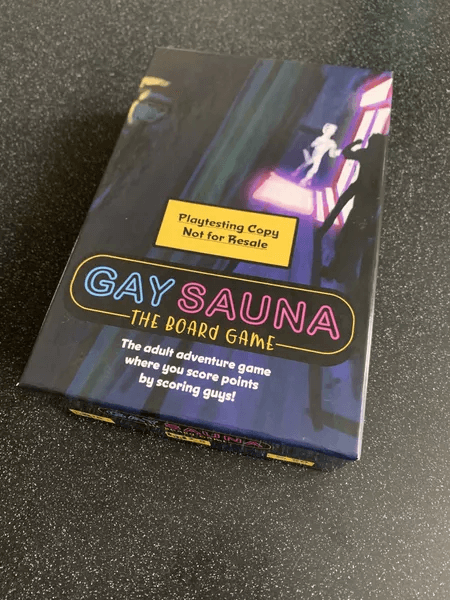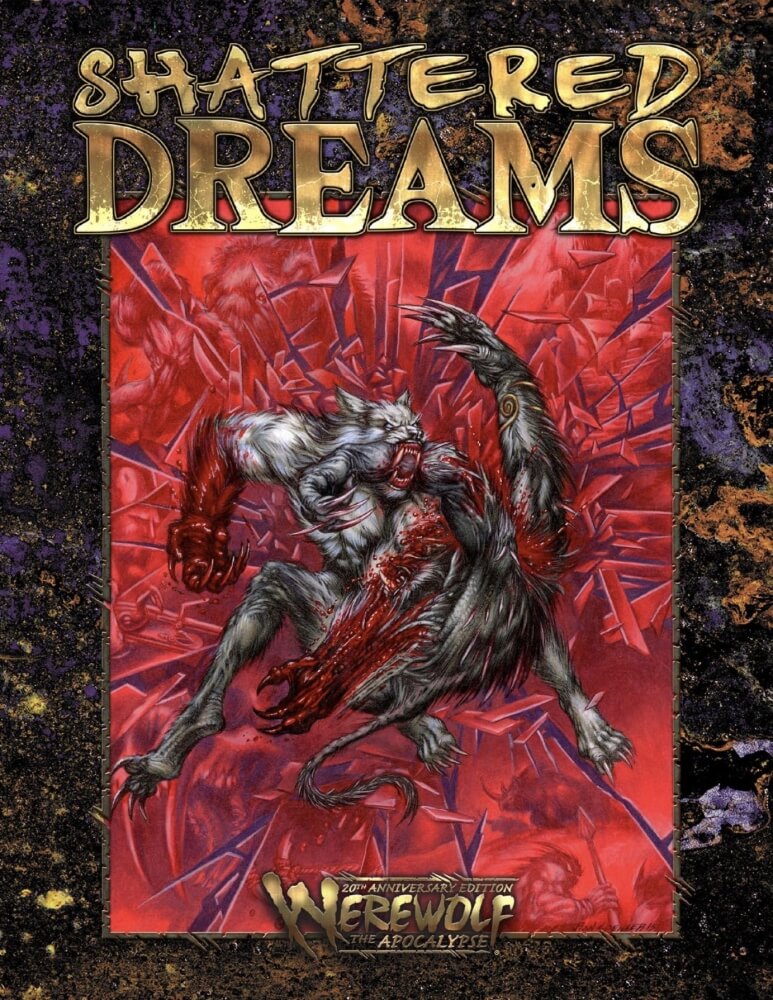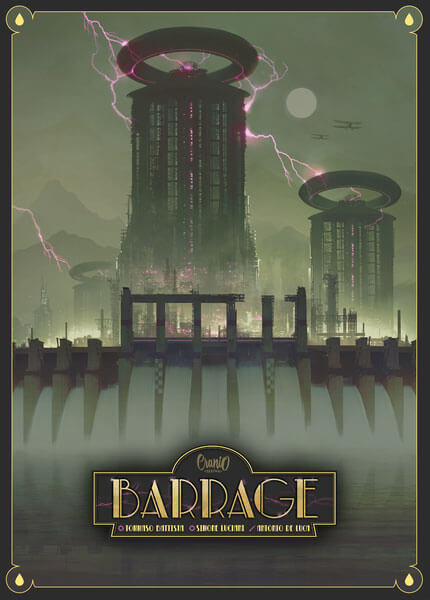
Theros (D&D 5th Edition) - Mythic Odysseys of Theros Reference Map
The Theros Reference Map for D&D 5th Edition is an essential piece of kit for any adventurer wishing to explore the mythological world of Theros. This detailed map features four main areas, including the Underworld Crossing, the Abandoned Temple, the Canyon Sanctuary and the Volcano Temple. With its sturdy lamination and enlarged dimensions, it not only serves as a navigation tool, but also as a visually impressive item to enrich your gaming sessions. Available as a promotional item for those who have pre-ordered the book from hobby stores, this map is ideal for masters and players looking for total immersion in the epic adventures of Theros.Artists: (Uncredited);
Designers: (Uncredited);
Date: 2020
Note:
Mechanics: Storytelling, Paper and pen, Data Scrolling, RPG
Topics: Fantasy
Table of Contents
- How to Play
- Tips for playing
- Game mechanics
- Game components
- Additional Information
OBJECTIVE OF THE GAME
Tips for playing
Here are some tips for doing better in the game Theros (D&D 5th Edition) - Mythic Odysseys of Theros Reference Map:
- Helping a deity in Theros can lead to divine rewards or epic quests.
- Pay attention to the Nyxborn; their divine origin can influence the narrative.
- The Labyrinths of Meletis are a good place for complex quests and challenges.
- Consider alliances with Tritons for valuable information from the sea.
- The Oracles of Theros can provide important insights for your missions.
- In the Polis of Akros, strength is valued; demonstrate prowess in combat.
- Explore the history of the gods - their rivalries often affect the mortal world.
- Leoninos respect honor; negotiate fairly to win their trust.
- Nyx elementals can be formidable enemies or powerful allies if influenced correctly.
- Setessans, focused on nature, can teach vital survival skills.
Video about the game
GAME mechanics
- Storytelling: In Theros, narration is a central mechanic where the Game Master (GM) guides the narrative and describes the world, the events and the consequences of the players' actions. Players interact with the world through their characters, making decisions that affect the progression of the story. The setting in Theros, inspired by Greek mythology, adds an epic and mythological tone to the narrative, encouraging heroes to perform great feats and challenge gods.
- Paper and pen: Although the modern version uses digital resources, paper and pen are still essential for recording important information, such as character sheets, adventure notes, maps and states of health or condition. In Theros, notes can include details about the Pantheon of the Gods of Theros or legendary items such as Nyx-imbued weapons.
- Data Scrolling: Polyhedral dice are used to determine the results of actions and events. The 20-sided die (d20) is the most common, used for skill tests, attacks and saves. In Theros, divine powers and interventions can modify or influence the results of these rolls, reflecting the presence of the gods in the world. Spells and player abilities can also allow re-rolls or special modifiers, adding strategy to the rolls.
- RPG (Role-Playing Game): This is the core of the gaming experience, where players take on the role of mythological heroes, embark on epic quests, face monsters and interact with gods. In Theros, the focus on role-playing is accentuated by the choice of Divine Patterns, ties that characters can have with gods, influencing their powers and alignments. Role-playing is crucial to developing personal narratives and collaborating with other players in a shared narrative.
Game components
See all the items in the game below Theros (D&D 5th Edition) - Mythic Odysseys of Theros Reference Map:
- Islands of Destiny
- Paths of Eternity
- Pantanal of Shadows
- Temple of the Mystics
- Fields of Glory
- Lands of the Gods
- Mountains of Wisdom
- Sea of Hope
- Echo Forest
Additional Information
- Ludopedia link: https://ludopedia.com.br/jogo/theros-d-d-5th-edition-mythic-odysseys-of-theros-reference-map
- Link Tabletopia:
- Amazon Brazil link: Comprar Theros (D&D 5th Edition) - Mythic Odysseys of Theros Reference Map
- Amazon USA link: Comprar Theros (D&D 5th Edition) - Mythic Odysseys of Theros Reference Map


